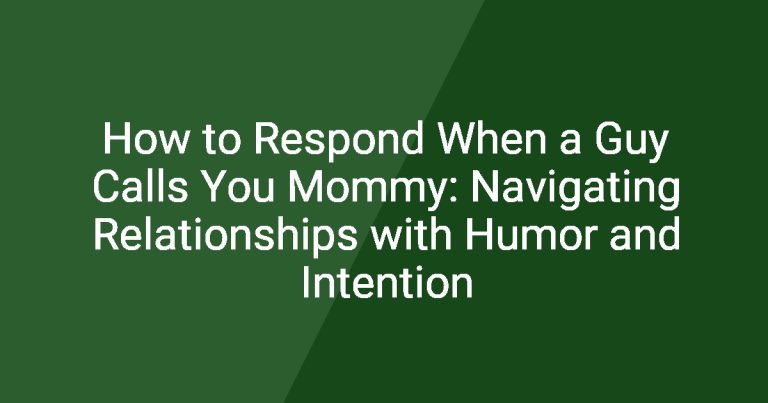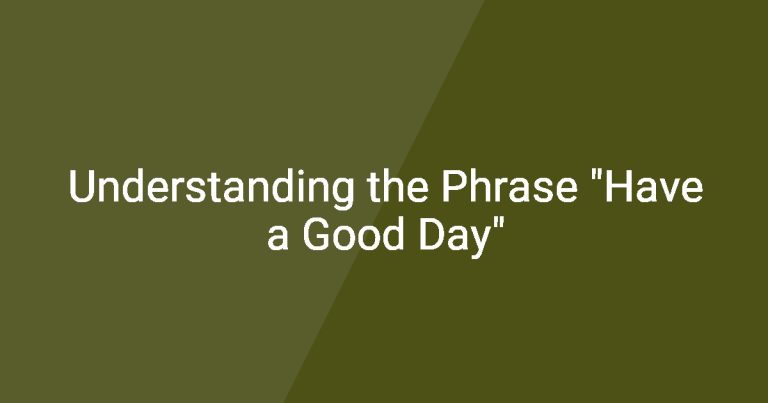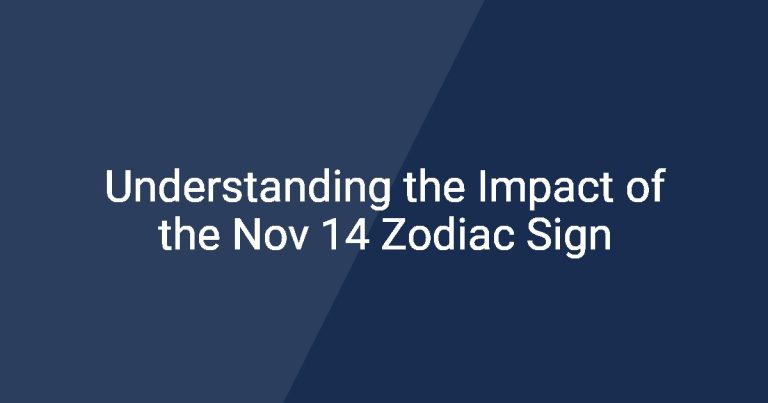Clarifying a complex issue or misunderstanding is crucial in both professional and personal settings. Effective communication fosters collaboration, solves conflicts, and builds relationships. To maintain clarity, it is essential to express appreciation for those who help clarify our thoughts or circumstances. One simple yet powerful phrase that embodies this sentiment is “thank you for the clarification.” This phrase serves not only as a polite acknowledgment but also as a bridge to deeper understanding and connection.
Understanding the Phrase “Thank You for the Clarification”
Definition and Context
The phrase “thank you for the clarification” implies a sense of gratitude towards someone who has provided clearer insights on a topic. This expression is frequently utilized in various contexts, including emails, meetings, and casual conversations. Whether you received feedback on a project or sought clarity on a specific instruction, acknowledging the provided clarification fosters a positive atmosphere and reduces any lingering confusion.
Tone and Intention
The tone of voice can dramatically influence the meaning of “thank you for the clarification.” A warm, sincere tone conveys appreciation, while a sarcastic or dismissive tone can suggest insincerity. It is vital to ensure that when expressing gratitude, it reflects genuine appreciation for the information provided. Sincere communication can enhance relationships and create a more cooperative environment.
Situations to Use “Thank You for the Clarification”
In Professional Settings
In team meetings or brainstorming sessions, especially when discussions become complex, utilizing the phrase “thank you for the clarification” shows respect for your colleague’s insights. It helps affirm their contributions and encourages open dialogues. Following up on written channels, such as emails, with this phrase can also communicate that you value their input, further solidifying professional relationships.
In Personal Interactions
In interactions with friends or family, misunderstandings can arise during conversations or debates. Using “thank you for the clarification” can show appreciation for the other person’s point of view, enriching both parties’ interactions. It promotes understanding and demonstrates how much you value their opinions.
In Customer Service Scenarios
This phrase is particularly beneficial when dealing with customer support representatives. If a representative clarifies an issue, expressing gratitude with “thank you for the clarification” not only establishes rapport but also increases the likelihood of receiving better assistance. When customers show appreciation, it builds a more cooperative relationship with the service provider.
Benefits of Using “Thank You for the Clarification”
Enhancing Communication
Using “thank you for the clarification” minimizes misunderstandings and encourages an atmosphere of open dialogue. It invites further conversation and collaboration, making it easier for both parties to express their thoughts and clear any remaining confusion. This phrase acts as an affirmation of information exchanged, strengthening communication bonds.
Building Professional Relationships
Incorporating gratitude into daily interactions establishes a culture of appreciation within any organization. Acknowledging clarifications helps foster teamwork and collaboration among colleagues. This simple act can significantly enhance workplace dynamics and lead to greater productivity.
Personal Growth and Development
Expressing gratitude encourages self-reflection on one’s communication style. Furthermore, it sets a precedent for others around you to express their thoughts openly. This positive culture of communication promotes personal growth and the development of interpersonal skills.
Crafting an Effective Response
Appropriate Structure
To construct an engaging and meaningful response using “thank you for the clarification“, consider the following structure:
- Begin with gratitude: “Thank you for the clarification.”
- Detail on what was clarified: “I appreciate your insights on [specific topic].”
- Optionally, add a related question or comment to continue the conversation: “Could you also elaborate on [related topic]?”
This format ensures recognition and encourages further discussion.
Examples of Responses
Here are a few templates to utilize in different situations:
- Email Template: “Hi [Name],
Thank you for the clarification regarding the project timeline. I appreciate your insights! Could you also help me understand the budget constraints?” - Verbal Response: “I just wanted to say thank you for the clarification on that issue, it really helped me see things from your perspective!”
These examples highlight how to craft effective and thoughtful responses.
Common Mistakes to Avoid
Overusing the Phrase
While expressing appreciation is vital, overusing “thank you for the clarification” can diminish its impact. It’s essential to acknowledge others when it’s appropriate, but also to diversify your expressions of gratitude. Consider varying your acknowledgment to maintain authenticity without sounding insincere.
Using It Inappropriately
Using “thank you for the clarification” in contexts where it may come off as sarcastic can lead to misunderstandings or augment tensions. Recognize situations that require a different approach. Always be mindful of the context and the dynamics of the conversation in which you’re practicing gratitude.
Additional Phrases for Expressing Gratitude
Alternative Expressions
There are many ways to express appreciation aside from “thank you for the clarification.” Here are some alternatives:
- I appreciate your explanation.
- Thanks for the details!
- I value your insights greatly.
Each of these phrases conveys appreciation and acknowledgment in various contexts.
Using Humor or Lightness
In some situations, it’s appropriate to lighten the mood while expressing gratitude. Humor can help defuse tension and create a more relaxed atmosphere. For instance, you might say, “Thank you for the clarification; I was lost like a sock in the dryer!” This can create a friendly tone while still conveying your gratitude.
Conclusion
Ultimately, the value of clarity and appreciation in communication cannot be overstated. Recognizing someone’s effort to clarify an issue with a simple yet powerful phrase can transform interactions and strengthen relationships. Practice using “thank you for the clarification” in your daily communications, and observe the positive impacts it creates in both your personal and professional life.
FAQ
1. What is the meaning of “Thank you for the clarification”?
This phrase expresses gratitude towards someone who has provided clearer information or explanation, helping to resolve confusion.
2. When should I use this phrase?
It’s appropriate to use this phrase in both professional and personal interactions whenever someone helps clarify a complicated issue.
3. How can the tone affect this phrase?
The tone can alter the meaning significantly; a sincere tone conveys appreciation, while a sarcastic tone may suggest insincerity.
4. Are there alternatives to this phrase?
Yes, alternatives include, “I appreciate your explanation,” “Thanks for the details,” and “I value your insights.”
5. Can this phrase be used in customer service interactions?
Yes, this phrase is especially useful in customer service settings as it establishes rapport and improves communication.
6. Is it possible to overuse “thank you for the clarification”?
Yes, overuse can make it sound insincere, so it’s essential to vary expressions of gratitude in your communications.
7. How can I structure my response when I receive clarification?
Begin with gratitude, detail what was clarified, and optionally add a related question or comment to keep the conversation going.
8. What mistakes should I avoid while using this phrase?
Avoid overusing the phrase and using it in contexts that may sound sarcastic. Context is crucial for appropriate usage.
9. Can humor be integrated when using this phrase?
Yes, light humor can help ease the atmosphere while expressing gratitude, making communication more engaging.
10. How can expressing gratitude impact professional relationships?
It fosters a culture of appreciation, enhances teamwork, and strengthens collaboration, leading to improved workplace dynamics.
| Context | Example | Alternative Phrase |
|---|---|---|
| Professional Email | Thank you for the clarification on the agenda. | I appreciate your insights on the agenda. |
| Team Meeting | Thank you for the clarification regarding the project’s objectives. | Thanks for the details on the project’s objectives! |
| Casual Conversation | Thank you for helping me understand your perspective better. | I value your insights greatly! |
| Customer Support | Thank you for the clarification on my account issues. | I appreciate your explanation about my account. |
By understanding and practicing the phrase “thank you for the clarification“, you can enhance your communication skills and build more robust relationships in various life settings, fostering an environment of respect and understanding.







